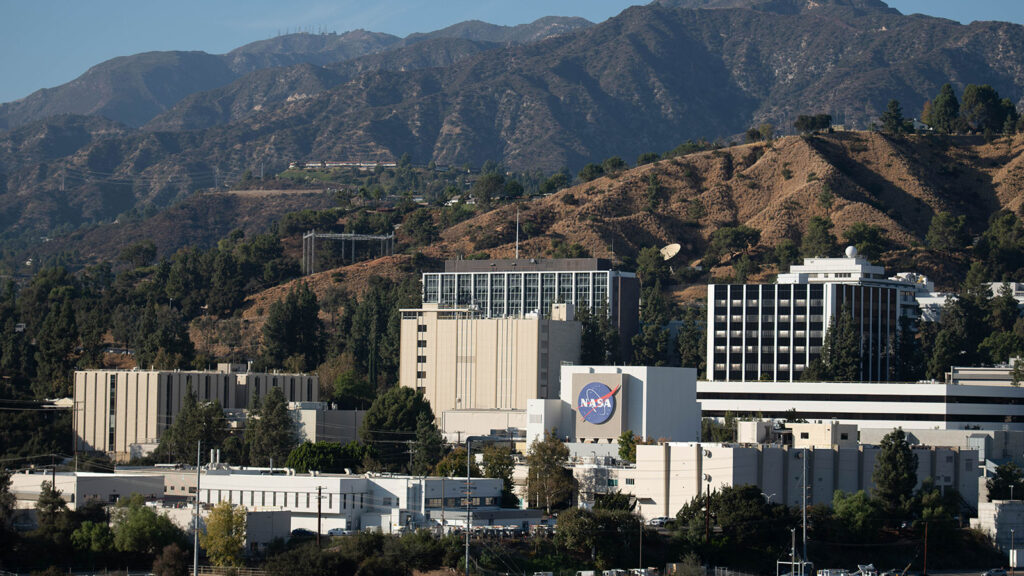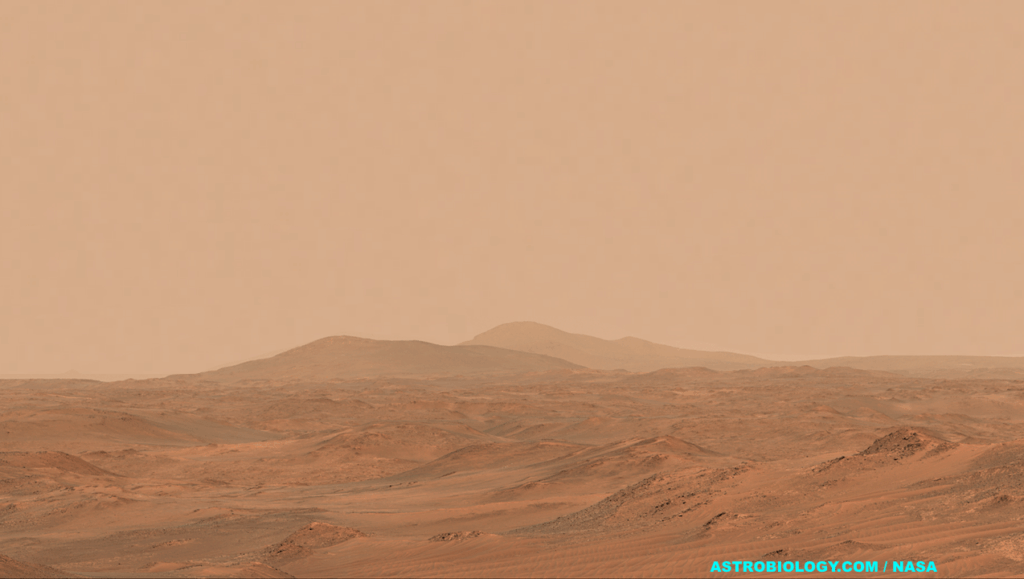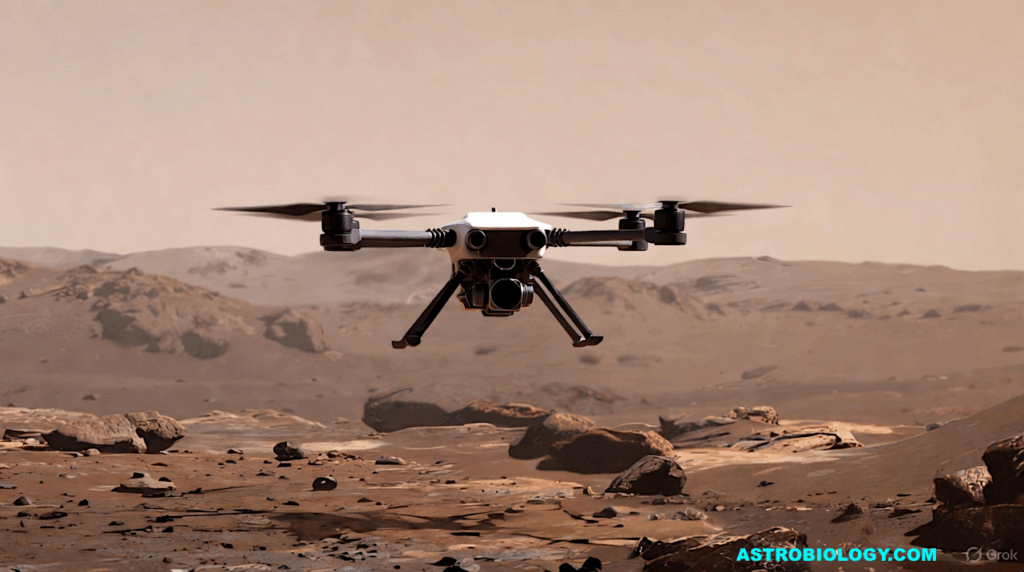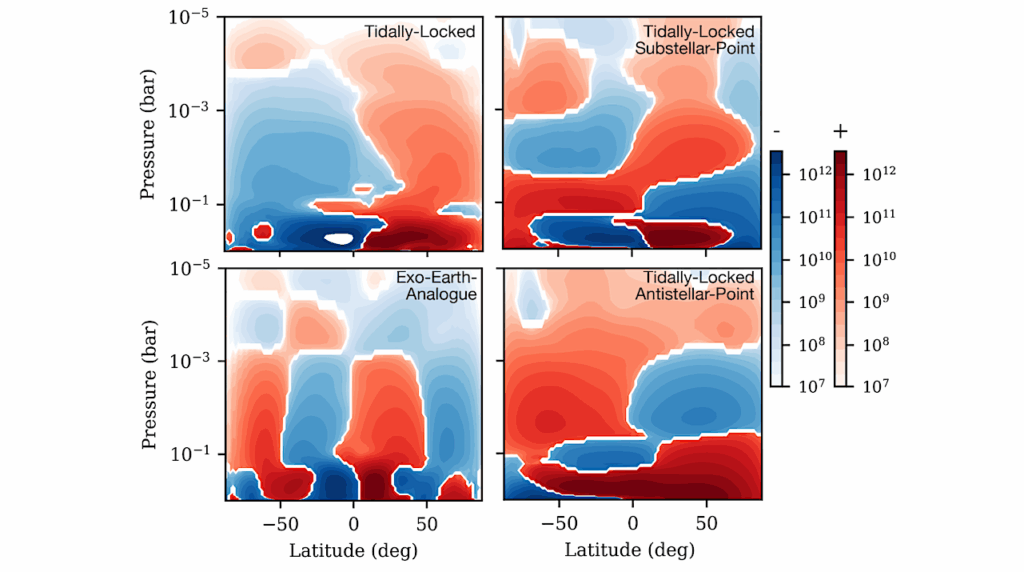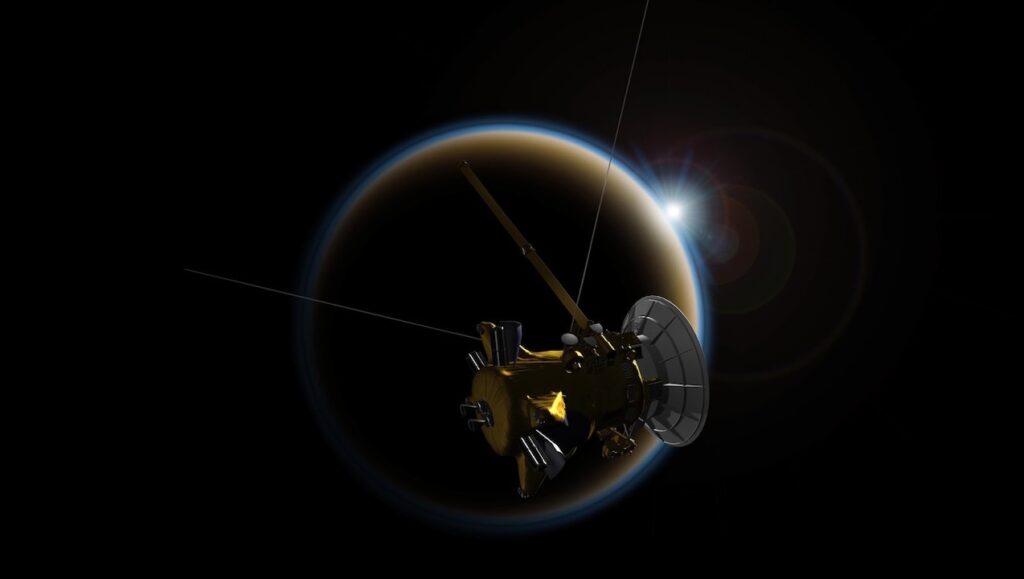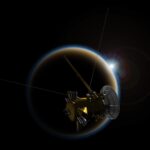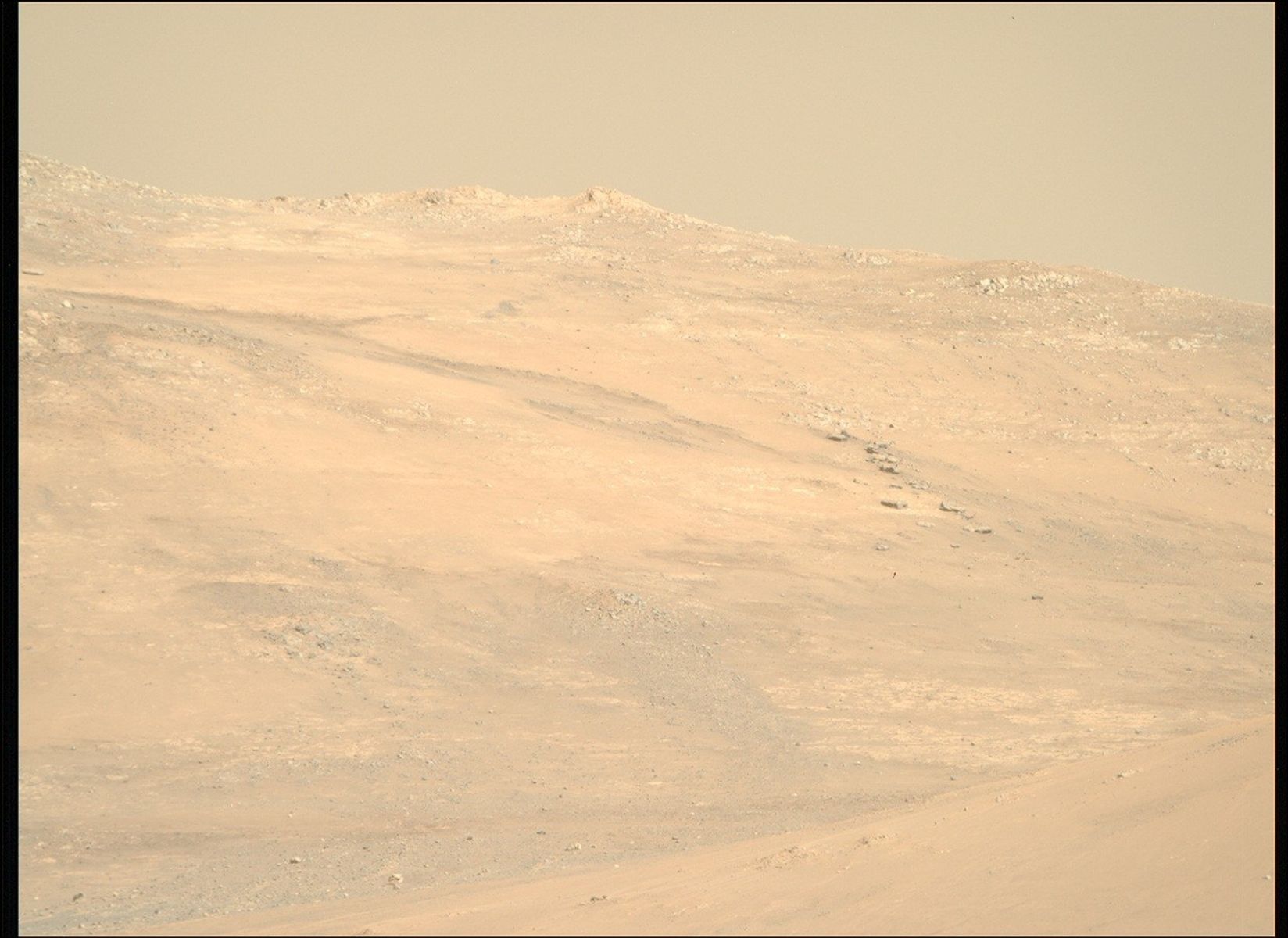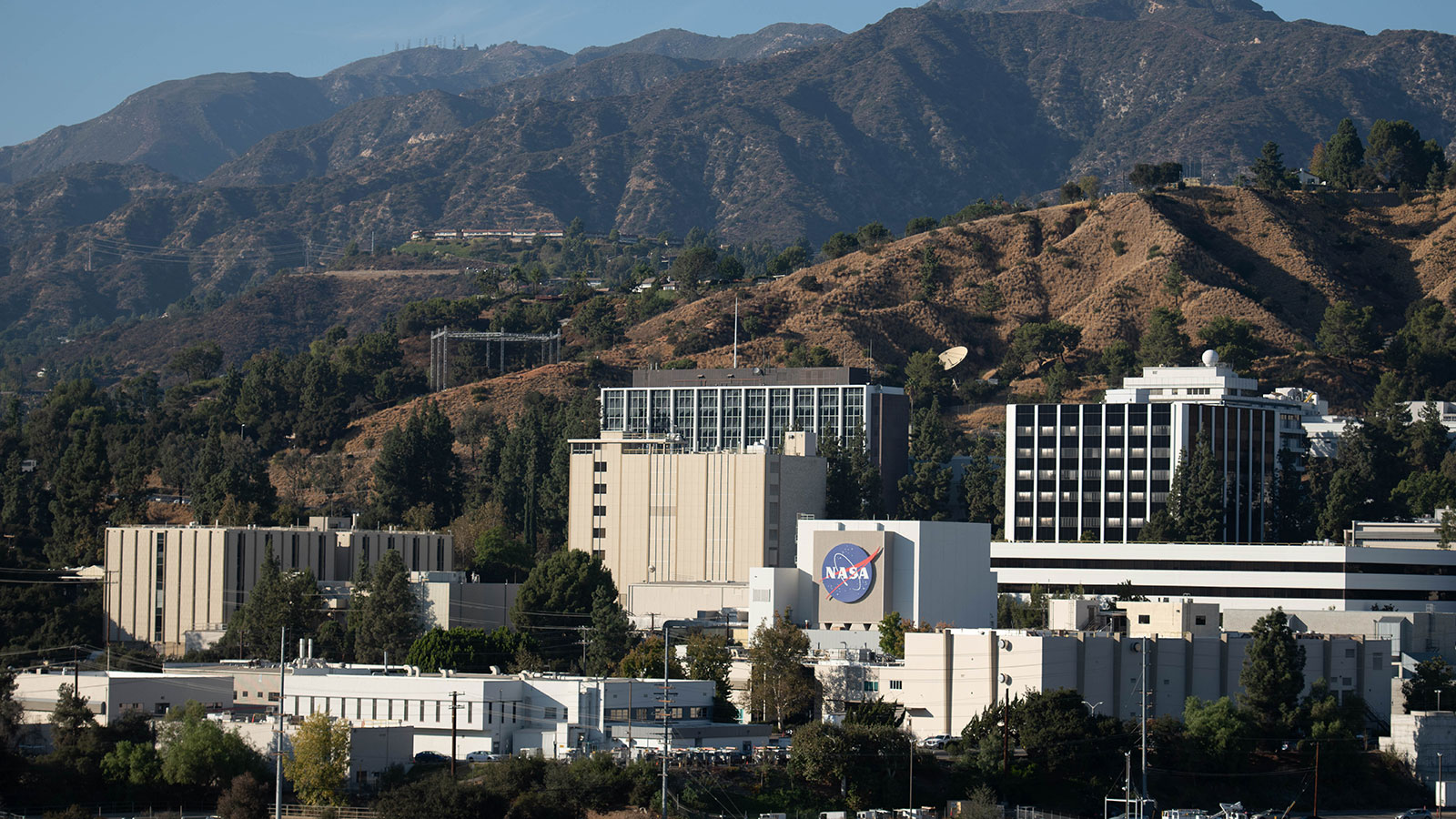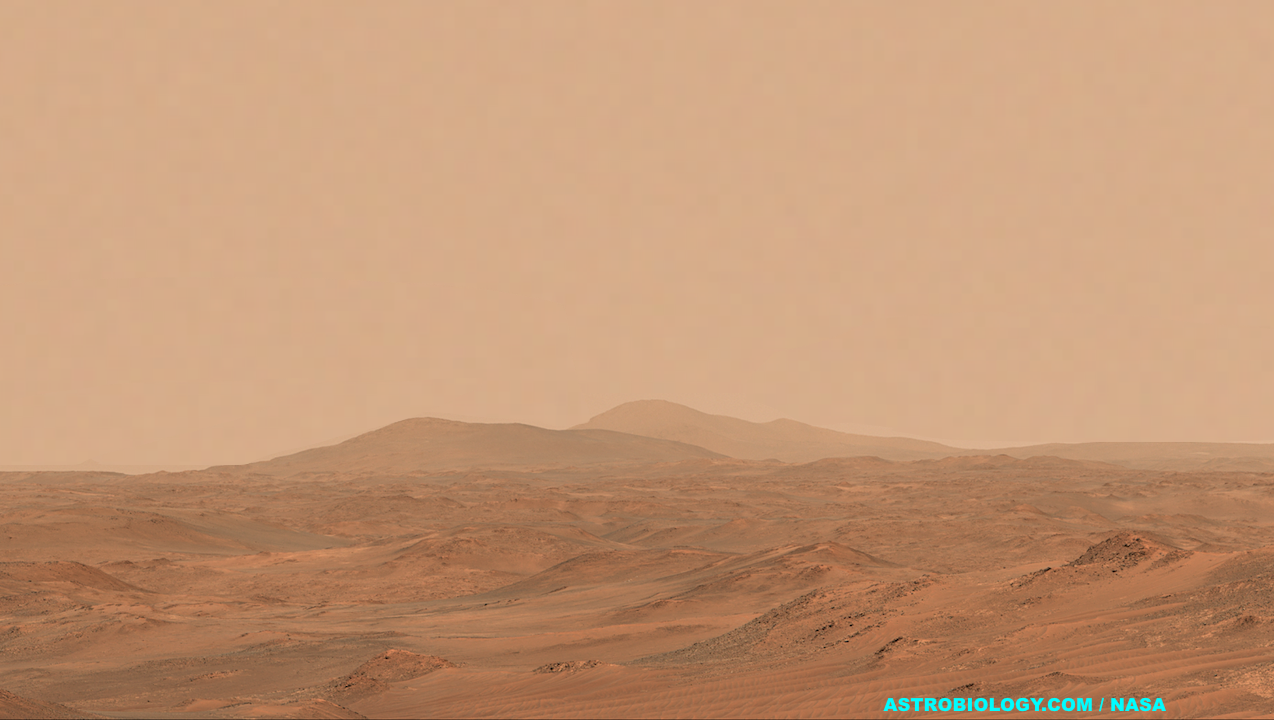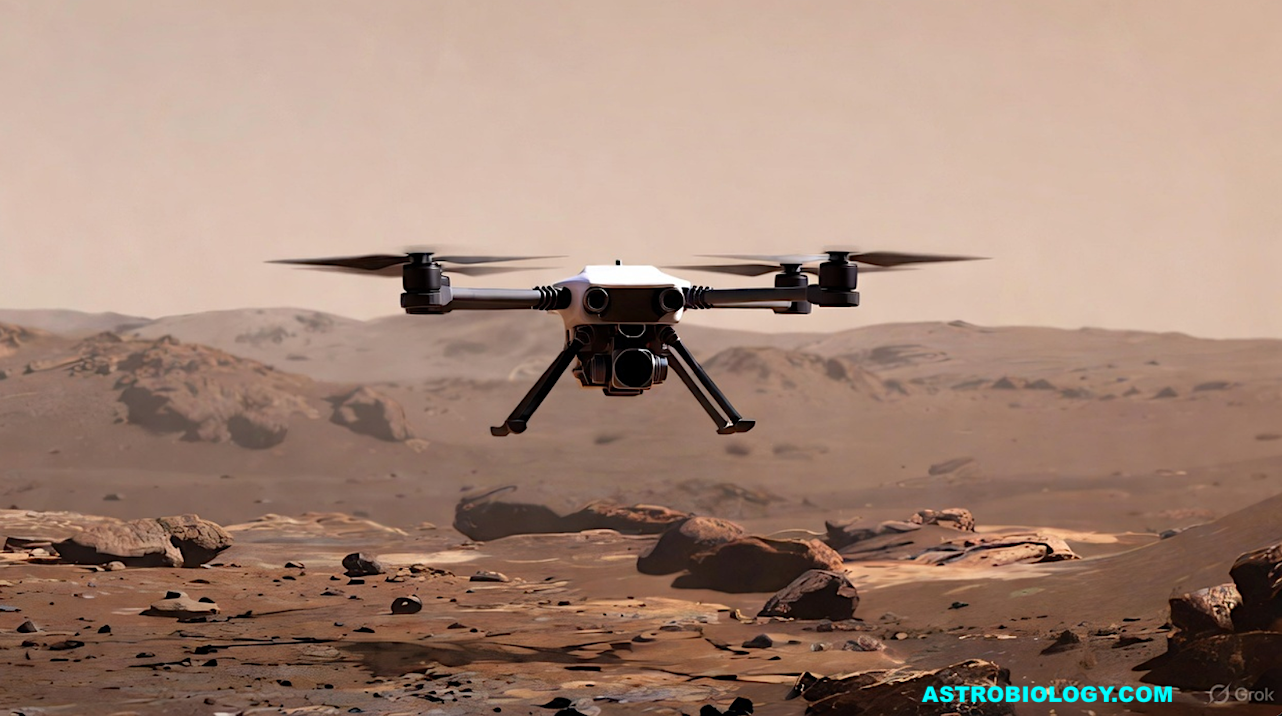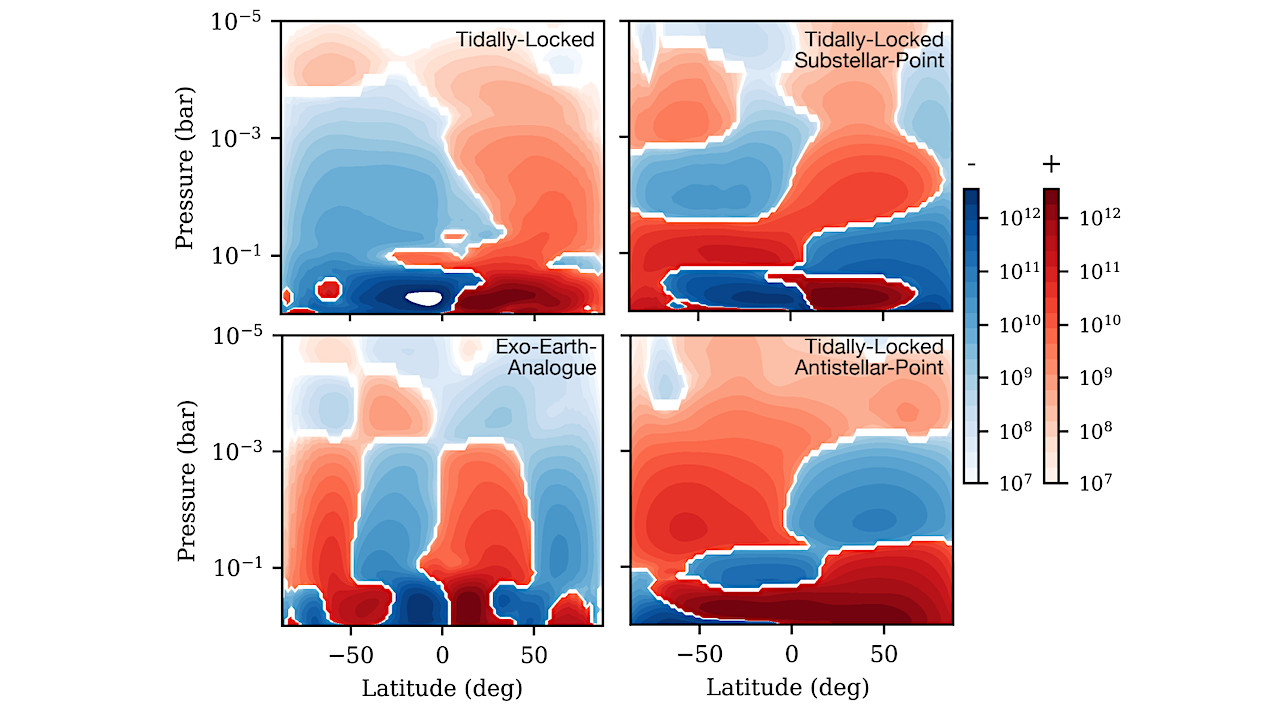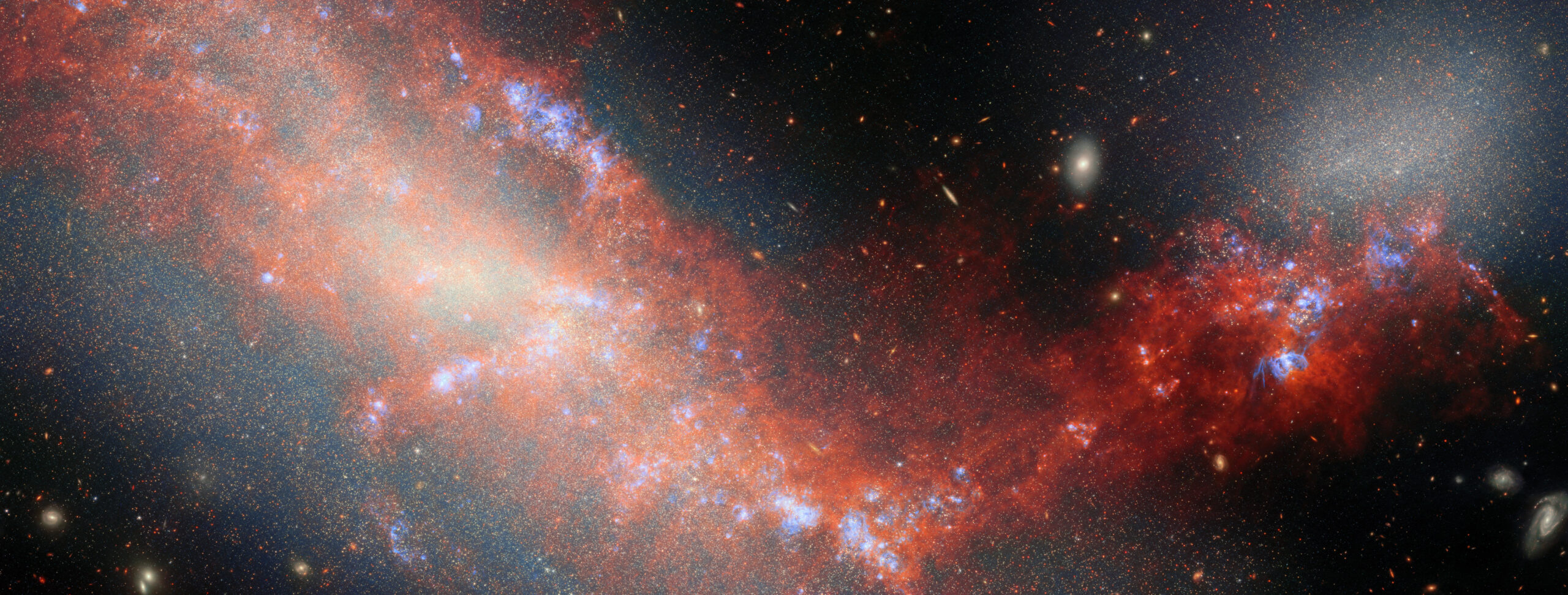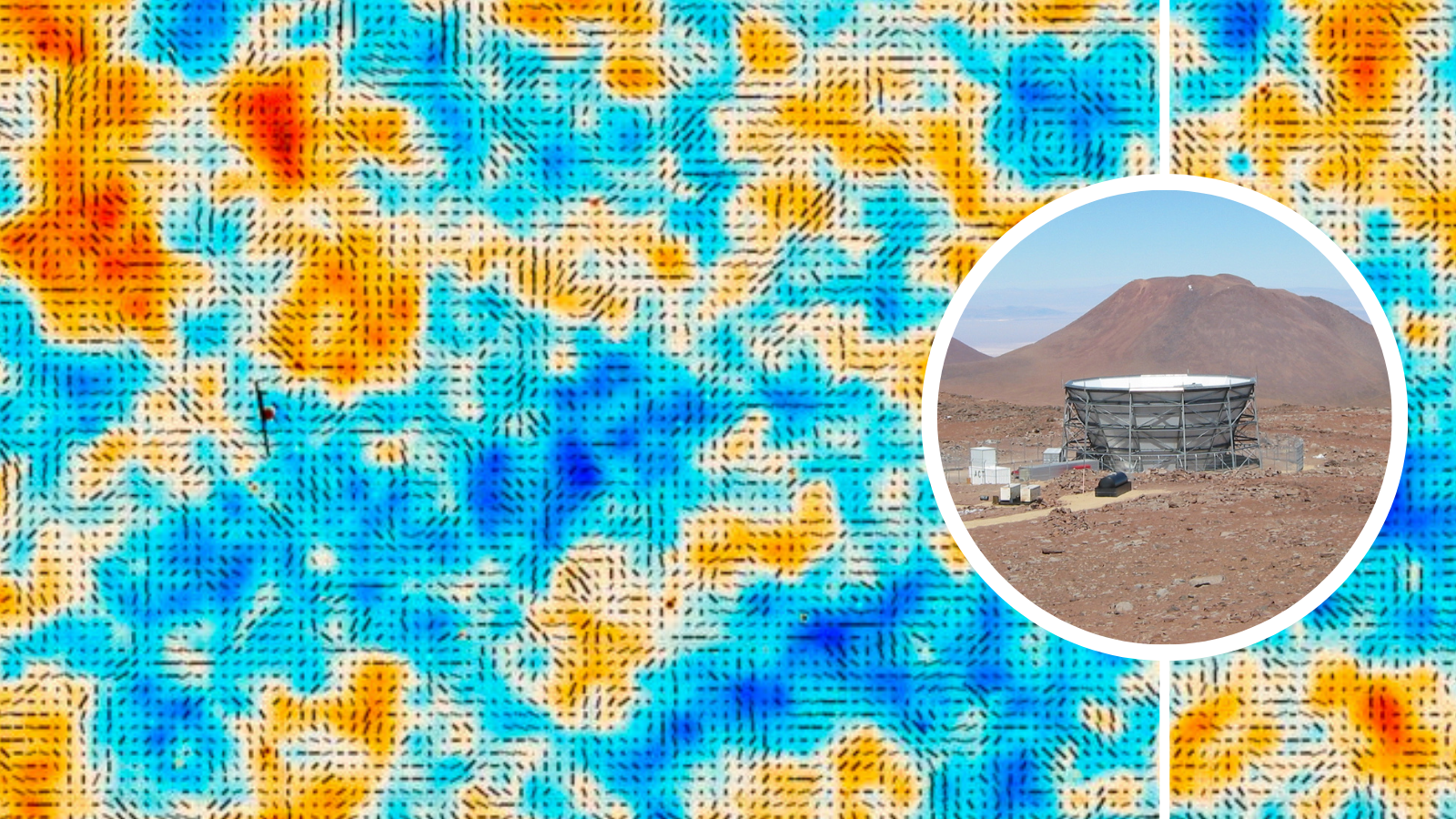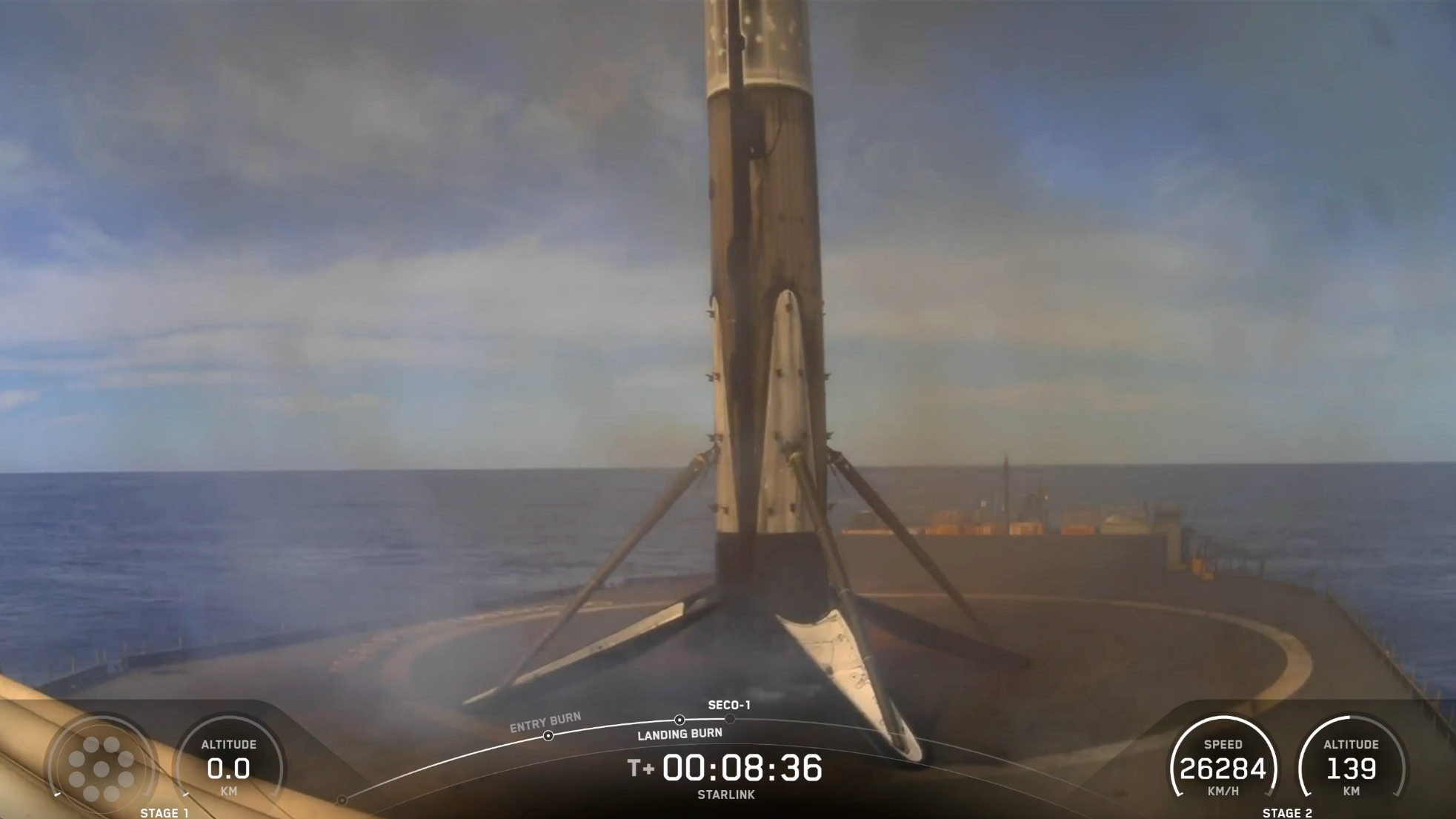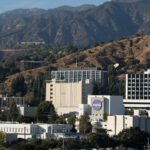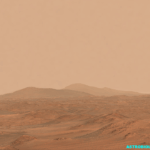SpaceX has secured environmental clearance to proceed with the construction of its Starship launch facility at Cape Canaveral’s Space Launch Complex-37 (SLC-37). This approval follows the completion of a Final
EO Science Earth Observatory Senyar Swamps Sumatra Earth Earth Observatory Image of the Day EO Explorer Topics All Topics Atmosphere Land Heat & Radiation Life on Earth Human Dimensions Natural
There is an important and unresolved tension in cosmology regarding the rate at which the universe is expanding, and resolving this could reveal new physics. Astronomers constantly seek new ways
The abstract in PubMed or at the publisher’s site is linked when available and will open in a new window. Carter KJ, Ferguson CR, O’Grady CS, Poczatek MJ, Chen X,
China routinely sends astronauts to and from its space station Tiangong. A crew capsule is about to undock from the station and return to Earth, but there’s nothing routine about
A spectacular new view of two dwarf galaxies caught in the middle of a cosmic collision reveals a glowing gas bridge, streams of newborn stars and the ongoing gravitational tug-of-war
It may be curtains for the Atacama Cosmology Telescope (ACT), but the final data from its nearly 20 years of observations have laid out a roadmap for the future investigation
High up in Earth’s orbit, millions of human-made objects large and small are flying at speeds of over 15,000 miles per hour. The objects, which range from inactive satellites to
SpaceX launched yet another batch of its Starlink internet satellites to orbit on Thursday (Dec. 4), sending 28 of them up from California’s central coast. A Falcon 9 rocket topped
Of the seven Earth-sized worlds orbiting the red dwarf star TRAPPIST-1, one planet in particular has attracted the attention of scientists. This planet orbits the star within the “Goldilocks zone”—a
-
 01From Polymerization-Enabled Folding and Assembly to Chemical Evolution: Key Processes for Emergence of Functional Polymers in the Origin of Life
01From Polymerization-Enabled Folding and Assembly to Chemical Evolution: Key Processes for Emergence of Functional Polymers in the Origin of Life -
 02Panasonic Leica Summilux DG 15mm f/1.7 ASPH review
02Panasonic Leica Summilux DG 15mm f/1.7 ASPH review -
 03How New NASA, India Earth Satellite NISAR Will See Earth
03How New NASA, India Earth Satellite NISAR Will See Earth -
 04And Thus Begins A New Year For Life On Earth
04And Thus Begins A New Year For Life On Earth -
 05Astronomy Activation Ambassadors: A New Era
05Astronomy Activation Ambassadors: A New Era -
06SpaceX launch surge helps set new global launch record in 2024
-
 07Two Black Holes Observed Circling Each Other for the First Time
07Two Black Holes Observed Circling Each Other for the First Time


